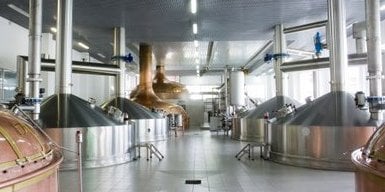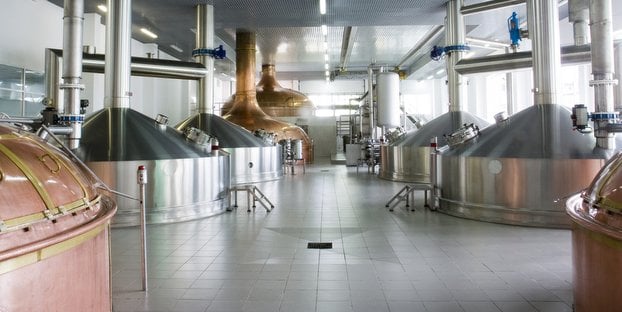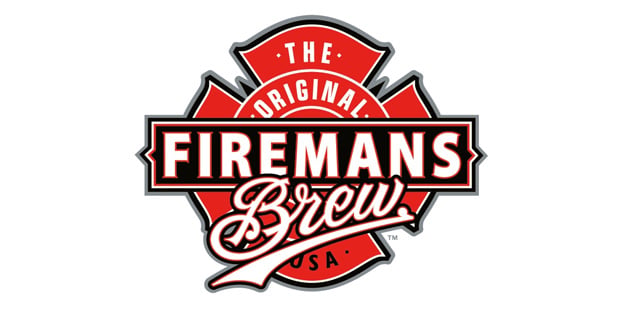
In our feature on best practices for process/packaging efficiency, we discussed facility planning strategies with Steve Hunter, owner of Facility Planning Inc. During that chat with Hunter, the point he kept coming back to was: When you are considering that next move, be sure to think big. Under-sizing your next expansion could actually cost you more money than over-preparing for success with your next facility.
“We emphasize that because it’s the most common error we see on the distributor side. People will find a piece of property, think it’s perfect, build it out and then in five years they are squeezed. There are no more room for trucks, can’t extend the building — it’s not good,” Hunter said.
Don’t just think about right now or your next goal or two, really think about what you can become in the long run. If you are brewing 1,000 barrels (bbls) and want to go to 2,500 bbls, that’s a good goal, but Hunter said think about doubling that.
“You may not want to double or be able to double — or may never get to double — but at least know if that’s possible,” he said. “It’s very important before a brewer says, ‘I want this property, and I want the building to be this big’ to know what’s possible on that site. So when I hit this threshold, I have a plan and have to start thinking about doing something else. If I can build it 20 percent bigger right now, that 20 percent is almost free compared to cutting back in two years and saying ‘I need to add 20 percent.’”
The idea is to use a business planning mindset and apply it to the physical piece of property: To make this much beer, you need this much money, so can you take X percent of that and build a new building or buy the property next door and expand on that?
But what if you make six brands and one all of a sudden doubles and you need it twice as often? Do you need another brew kettle? What’s the plan?
“This is not a place to do ‘back of the envelope’ calculations,” he said. “You’ll want to perform a full space programming and planning exercise to ensure the facility will have adequate room for all aspects of the business.”
When he says, “full space programming and planning exercise,” he means it. The questions just start rattling off in a matter of seconds: How many offices you going to have? How many people will join the business later on ? Do you need a meeting room? A hospitality room? A yoga room? Are you going to park on the street or on a lot? You want docks facing a certain direction, and how many do you need? What capacity do the levelers have to have? What are the adjacencies — what needs to be close to what? In the front part of the building ,are you going to have any kind of a sales force?
Basically, when you think you’ve thought of every angle of the facility and operation, go back and map it all out again. Hunter offered these common logistical errors that he’s seen brewers make when planning the layout of a facility:
Door location and sizing: “Doors should be sited only as part of the overall product flow and the expansion plan should definitely be taken into consideration. Be aware of potential future operations when sizing doors. For example, if in the future you may use a double-wide forklift, make sure you plan for a wider door.”
Rack orientation: “Matching wall dimensions to multiples of standard rack sizes, even if racks are not part of the initial plan, will ensure your best options for space utilization in the future.”
Refrigeration and thermal break details: Thermal details (such as in a keg room) are almost always overlooked by inexperienced designers. Improper or missing thermal breaks and/or improperly sized refrigeration equipment can lead to condensation, mildew and mold.
Interior clear heights: A room that’s even a foot shorter than advertised can cause huge operational headaches. Posted clear heights generally don’t take into account air handlers, lights, sprinklers and other overhead obstructions.
For brewers ramping up from a brewpub to a production brewery, be wary of ”easy move-in” properties. Have someone who is experienced in both the brewing process and in commercial buildings help you evaluate your options.
For brewers moving from a production brewery to a larger facility, pay close attention to the size of the property and remember your expansion potential. Don’t set yourself up to be squeezed down the road.





RT @BeerFacility: Cheers! RT @CraftBrewingBiz: Don’t underdo your next move, and other space planning advice from @BeerFacility http://t …
Cheers! RT @CraftBrewingBiz: Don’t underdo your next move, and other space planning advice from @BeerFacility http://t.co/4iuhq7IJBN